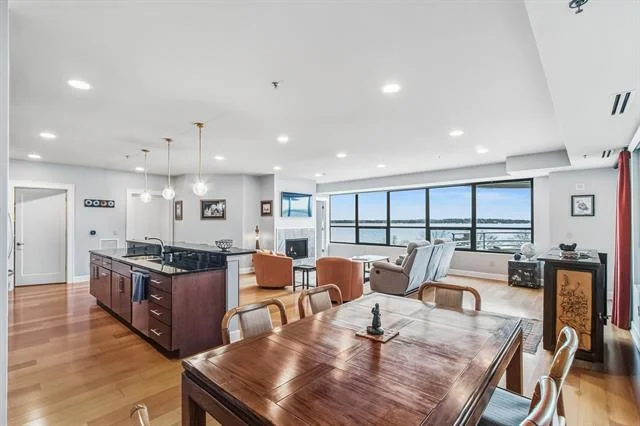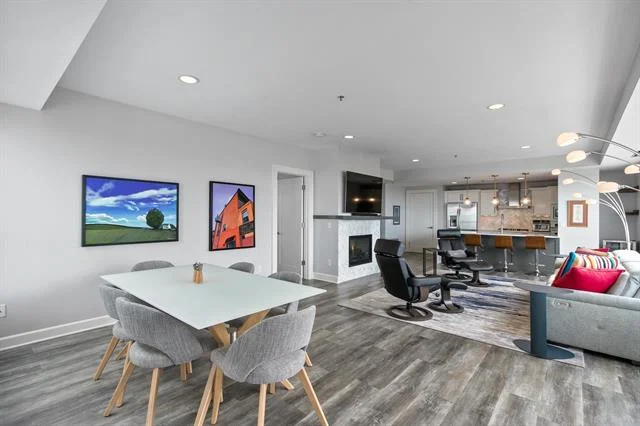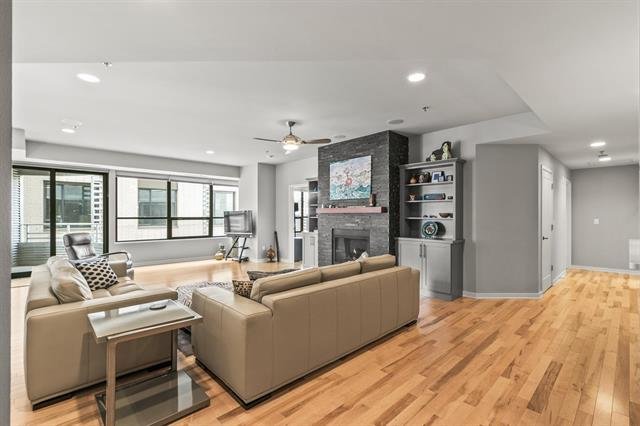Accessory dwelling units (ADUs) offer a feasible solution to the current housing affordability crisis.
Imagine turning an 800-square-foot accessory dwelling unit (ADU) in Portland, Ore., into a cost-covering venture. That’s precisely what Kol Peterson did in 2010 when he set up an ADU on his property, rented out his primary residence, and managed to pay off his mortgage with the rental income within four years.
In 2017, Oregon joined California as the second state to relax its stringent single-family zoning laws, making it mandatory for ADUs to be permitted. The journey began a year earlier in California. Prior to these changes, ADUs had been under-regulated and frequently found in coach houses, over garages, or within the basement or attic of main residences.
Peterson, a former U.S. Environmental Protection Agency and Forest Service employee, was so taken with the idea that he founded Accessory Dwelling Strategies. This innovative company educates others on the benefits of ADUs through workshops, a dedicated website, and a book. Eli Spevak, a developer and general contractor, walked a similar path, constructing ADUs via his company, Orange Splot LLC, and co-authoring the guide “The ABCs of ADUs” with AARP.
Presently, ADUs are growing in popularity across the U.S. These mini homes come complete with a kitchen, bathroom, and living and sleeping areas. However, Rodney Harrell, Ph.D., vice president of AARP’s family, home, and community group, admits that the exact number of ADUs is difficult to determine, given their myriad names including backyard bungalow, in-law suite, and carriage house. A study from Freddie Mac estimates the number of ADUs at
1.4 million in 2020.
Rising Demand for Small Homes
The reasons behind the growing interest in ADUs are diverse. Yet, the most critical is the role ADUs play in mitigating the country’s housing shortage. As Denise Pinkston, developer, partner of San Francisco-based TMG Partners, and president of Casita Coalition asserts, “They’re not the only solution but one tool in the toolkit.” ADUs are viewed as a less expensive housing alternative without the need for public subsidies, as they are typically more affordable to rent or buy than other local housing options. This has proven particularly beneficial for elderly individuals on fixed incomes, allowing them to age comfortably in their own homes. ADUs also double as guest houses, home offices, housing for adult children, or emergency shelter following natural disasters. ADUs can also provide a source of rental income and add flexibility to property use as family needs evolve. Aryne Blumklotz, a broker based in Portland, Ore., highlights this potential flexibility. Her business partner, broker Dulcinea Myers-Newcomb, installed a 458-square- foot prefab ADU on her property in 2018 to house her father, with the idea that it could potentially be rented out to finance her children’s university fees in the future.
The Spread of ADUs
In the past few decades, various states have adopted laws permitting ADUs, superseding local prohibitions. California led the way by permitting the conversion of existing structures, gradually dismantling barriers such as homeowners association restrictions and parking requirements, and reducing fees. Pinkston notes the progress made by California, “In just a few years and through a pandemic that slowed other housing types, the California results have been impressive. More than 65,000 ADUs have been added across its cities, suburbs, and rural areas, all starved for workable housing options.”
Overcoming Hurdles
While strides have been made, many areas continue to grapple with challenges. These include simplifying the permit and approval process, overcoming NIMBY (Not In My Back Yard) resistance, and addressing concerns about infrastructure capacity as density increases. Yet, progress continues. Los Angeles, for instance, offers preapproved plans to expedite the permit approval process. Some cities, like Chicago, have also begun to revise their ordinances. As Hunter Andre, a Chicago-based broker, suggests, “Chicago has become a more expensive place to live with fewer spaces to build. Existing properties can be maximized and monetized by building an ADU.”
Key Factors to Consider
Building ADUs necessitates careful consideration of several factors:
- Financing. While ADUs cost less than primary homes, they are not inexpensive. Traditional financing options are limited, but homeowners may explore a home equity line of credit, cash-out refinancing, or renovation-style construction loans.
- Size and Location. Typically, an ADU measures between 800 and 1,200 square feet. Setback and height restrictions apply. Some states and regions even allow more than one ADU per site.
- Construction Method. ADUs can be built on-site (“stick-built”) or prefabricated. While costs can vary, prefabs can significantly cut down on construction time.
- Value. ADUs can potentially increase real estate taxes and appraisal values, and provide a rental income source.
Moving forward, it is essential to educate ourselves about ADUs. Read expert-authored books on the topic, use your MLS to find properties with ADU potential, and participate in planning groups advocating for infill development like ADUs. As the housing crisis deepens, these tiny homes may indeed be a big part of the solution.






